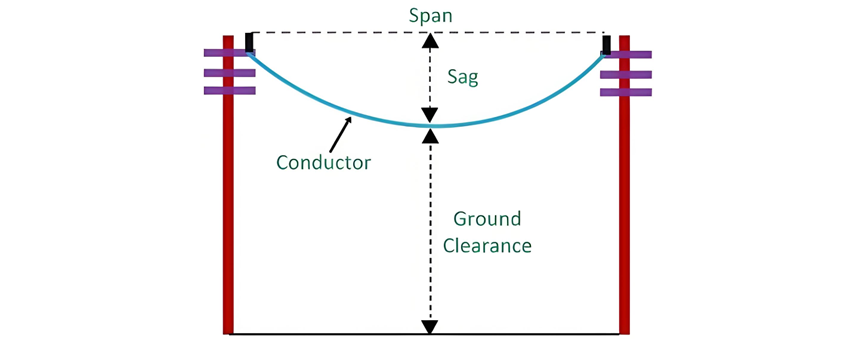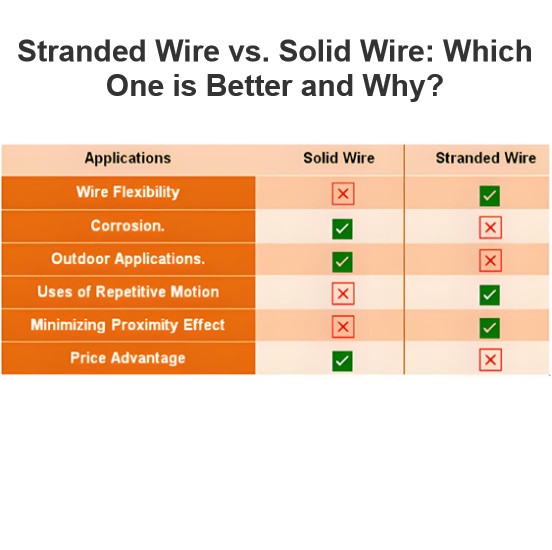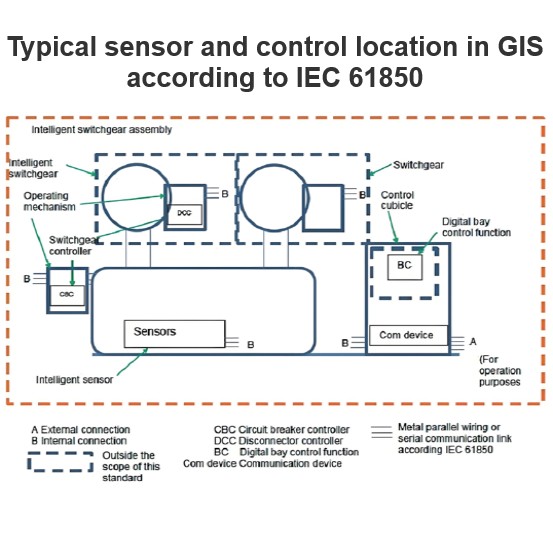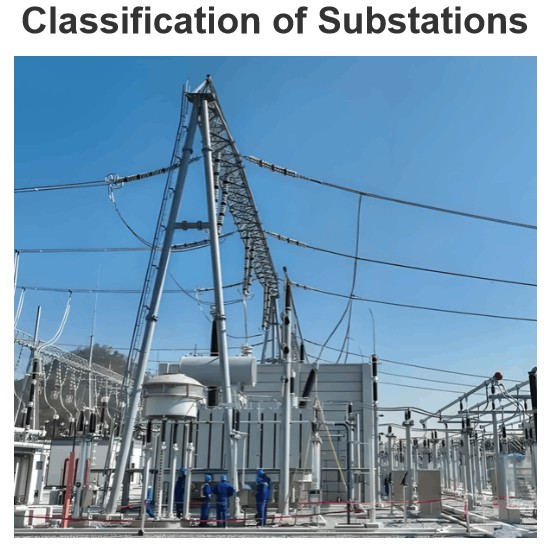Sag and Tension
For safety purpose, the ground clearance of the conductors at maximum temperature and minimum loading condition should be maintained. Analysis of the sag and tension is important in the transmission line for the continuity and quality of electrical services. If the tension of the conductor is increased beyond the limit, it may get broken, and the power transmission of the system get erupt.
The dip of the conductor between the two level supports is called sag. In other words, the vertical distance between the highest point of the electrical pole or tower (where the conductor is connected) and the lowest point of the conductor between the two adjacent level supports is known as sag shown in the figure below. The horizontal distance between two electrical supports is called the span.

If the weight of a conductor is evenly distributed along the line, a freely - suspended conductor is assumed to take the shape of a parabola. The magnitude of the sag increases as the span length grows. For small spans (up to 300 meters), the parabolic method is employed for calculating sag and tension, while for large spans (such as river crossings), the catenary method is used.
Factors Affecting the Sag
- Conductor Weight: The sag of a conductor is directly proportional to its weight. Ice loading can increase the weight of the conductors, thereby increasing the sag.
- Span: Sag is directly proportional to the square of the span length. Longer spans result in greater sag.
- Tension: Sag is inversely proportional to the tension in the conductor. Higher tension, however, increases the stress on insulators and supporting structures.
- Wind: Wind causes an increase in sag in an inclined direction.
- Temperature: Sag decreases at low temperatures and increases at higher temperatures.













